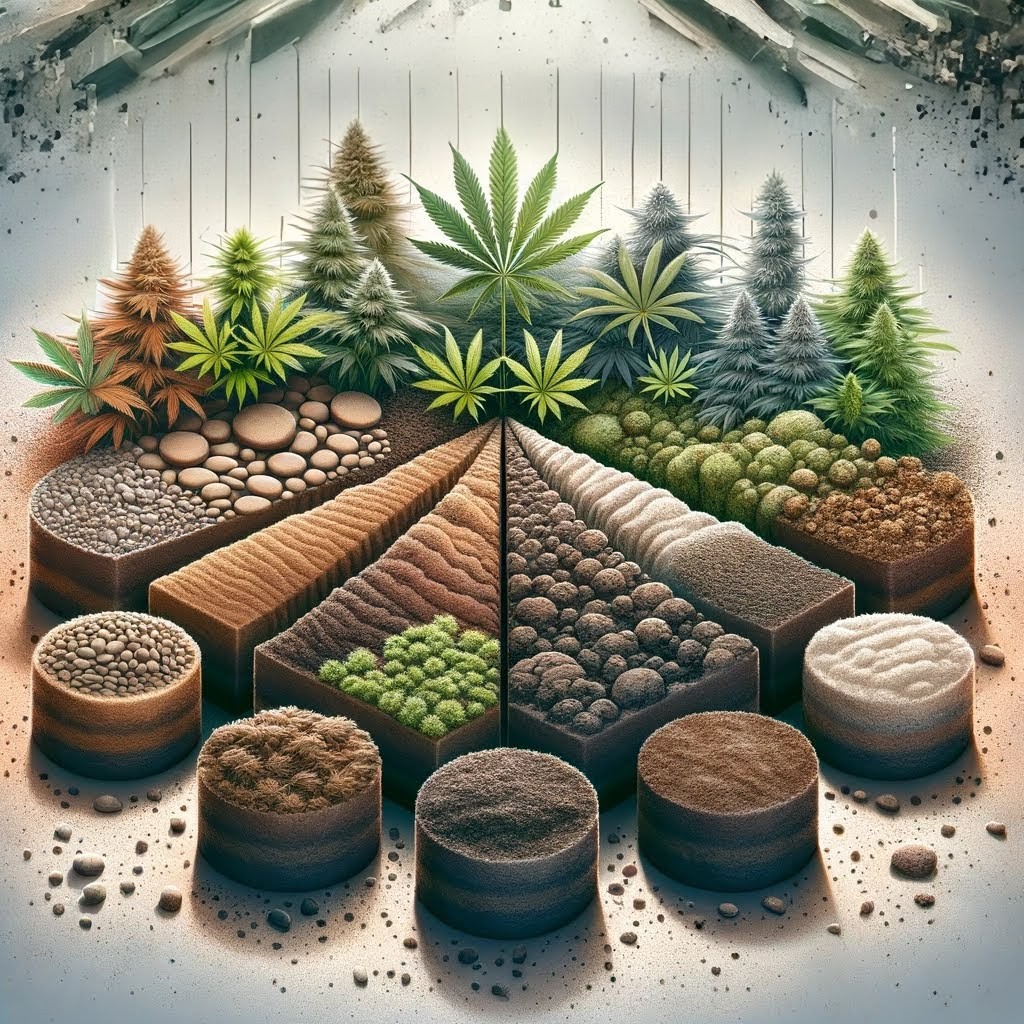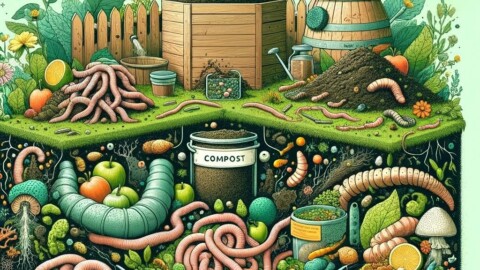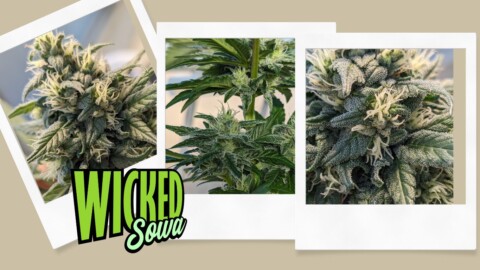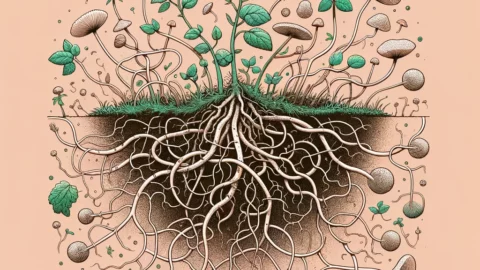The success of cannabis cultivation is deeply rooted in the understanding and optimization of the native soil in which it grows. Soil type can significantly influence water retention, nutrient availability, and aeration, directly affecting the health and yield of cannabis plants. This article explores the various types of native soils found in specific regions, their benefits and disadvantages for cannabis growth, and the amendments that can enhance their suitability for this vigorous plant.
Understanding Native Soil Types
Native soil refers to the natural soil present in a specific area, which can vary widely in composition, texture, and nutrient content. The primary types of native soils include sandy, clay, loam, silt, peat, and chalky soils, each with unique characteristics that can impact cannabis cultivation.
1. Sandy Soil
Regions: Found in arid and coastal regions, such as the American Southwest and parts of Australia.
Texture: Coarse particles, well-aerated.
Benefits: Excellent drainage and easy to work with.
Disadvantages: Poor water and nutrient retention.
Amendments: Adding organic matter like compost or well-rotted manure can improve water and nutrient retention.
2. Clay Soil
Regions: Common in temperate regions, including parts of the American Midwest and Northern Europe.
Texture: Fine particles, dense.
Benefits: High in nutrients.
Disadvantages: Poor drainage and aeration, difficult to work with when wet.
Amendments: Incorporating sand or gypsum and organic matter can enhance drainage and ease of cultivation.
3. Loam Soil
Regions: Widespread, including parts of the Pacific Northwest and the UK.
Texture: Balanced mix of sand, silt, and clay.
Benefits: Ideal for cannabis, with good drainage, aeration, and nutrient content.
Disadvantages: Can be less common in naturally occurring environments.
Amendments: Minimal adjustments needed, though periodic enrichment with compost can maintain fertility.
4. Silt Soil
Regions: Found near rivers and lakes, such as the Nile Delta and the Mississippi River basin.
Texture: Fine particles, smooth to the touch.
Benefits: Retains water and nutrients well.
Disadvantages: Can become compacted easily, affecting drainage.
Amendments: Adding organic matter can improve aeration and structure.
5. Peat Soil
Regions: Common in colder, wetter regions like parts of Canada and Russia.
Texture: High organic matter, spongy.
Benefits: Excellent water retention.
Disadvantages: Low in nutrients and pH can be very acidic.
Amendments: Lime can be added to raise the pH, along with balanced fertilizers to improve nutrient content.
6. Chalky Soil
Regions: Found in areas with underlying chalk or limestone, like parts of England and the French Alps.
Texture: Stony, can be alkaline.
Benefits: Often high in calcium.
Disadvantages: Can be overly alkaline for cannabis, leading to nutrient lockout.
Amendments: Adding sulfur can lower pH, while organic matter improves nutrient availability and moisture retention.
Making Native Soil Work for Cannabis
Understanding the native soil is the first step in optimizing the growing environment for cannabis. By addressing the disadvantages through strategic amendments, cultivators can create a more conducive setting for cannabis, enhancing growth, yield, and quality. For example, in sandy soils, where water runs through quickly, adding hydrogel crystals along with organic matter can help retain moisture and nutrients. In heavy clay soils, creating raised beds filled with a balanced mix of native soil, compost, and perlite can improve drainage and root penetration.
Conclusion
The diversity of native soils presents both challenges and opportunities for cannabis cultivation. By carefully assessing the soil type and making the necessary adjustments, cultivators can harness the natural strengths of their land while mitigating its limitations. This tailored approach ensures that cannabis plants can thrive, reflecting the unique characteristics of their growing environment and resulting in a product that is truly a product of its terroir.








